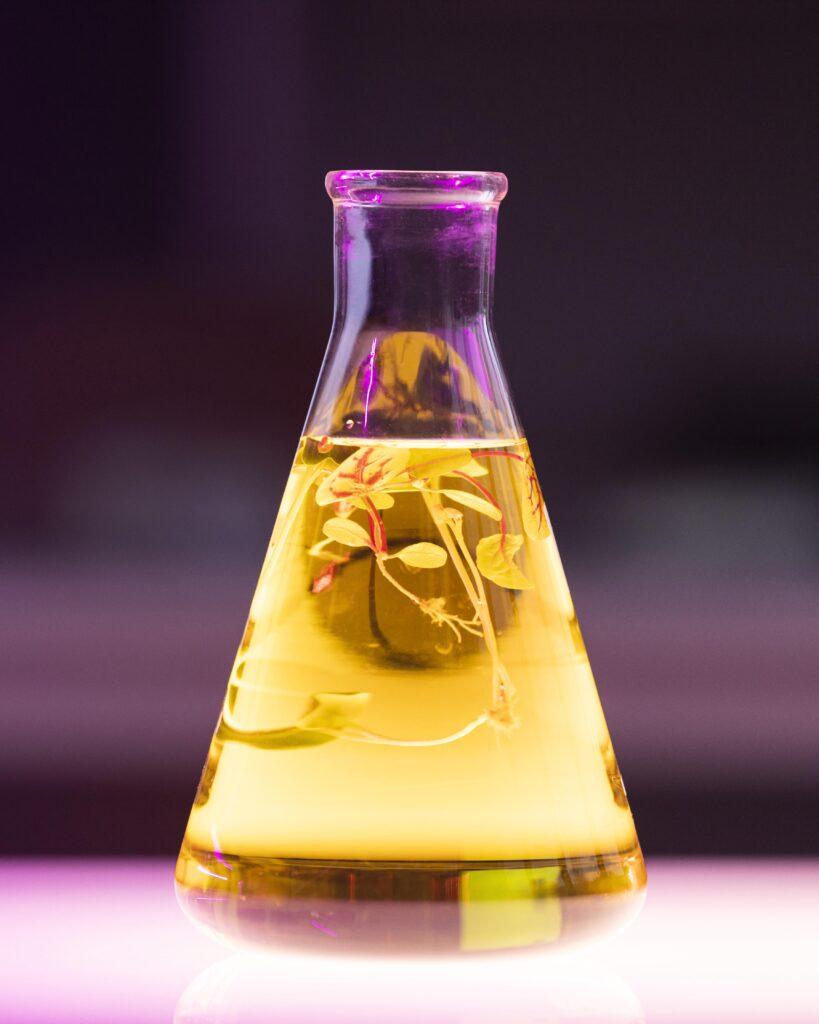1. Introduction: The Day Chemistry Changed
On an unremarkable Tuesday in a Tokyo lab, a team of chemists did something textbooks said was impossible. They created a stable, one-electron covalent bond—a type of chemical connection that was first theorized in 1931 but never proven until now.
This discovery doesn’t just add a footnote to chemistry; it rewrites the rules. For over a century, we’ve believed that covalent bonds—the glue holding molecules together—require two, four, six, or eight electrons. But what if that wasn’t always true?
Why This Matters
- Challenges fundamental chemistry taught in schools
- Opens doors to new materials (stronger, lighter, more conductive)
- Could revolutionize industries from medicine to energy storage
“This is like finding a new color in the spectrum—we didn’t even know it was possible.”
— Dr. Henry Rzepa, Imperial College London
2. Linus Pauling’s Unfinished Legacy
The Man Who Saw the Future
Linus Pauling, the only person to win two unshared Nobel Prizes (Chemistry and Peace), first proposed the idea of a one-electron bond in 1931. At the time, his peers dismissed it as theoretical fantasy.
Why Nobody Could Prove It
- Technology limitations: No way to observe bonds at atomic scales
- Instability issue: Single-electron bonds were thought to break instantly
- Lack of funding: Too radical for traditional chemistry grants
“Pauling was 50 years ahead of his time. Today, we finally have the tools to test his wildest ideas.”
— Prof. Takuya Shimajiri, University of Tokyo

3. The Quest for the Impossible Bond
Decades of Failed Attempts
- 1960s: Experiments with hydrogen radicals (too unstable)
- 1990s: Laser-based electron removal (bonds lasted nanoseconds)
- 2010s: Computational models suggested it might work—but nobody could synthesize it
The Tokyo Team’s Eureka Moment
Shimajiri’s group realized the key was:
- Choosing the right molecule (a stretched-out hydrocarbon)
- Removing exactly one electron without disturbing the rest
- Trapping the bond long enough to study it
4. Inside the Tokyo Team’s Breakthrough
Step-by-Step: How They Did It
- Synthesized a “floppy” hydrocarbon (weak bonds = easier to modify)
- Used ultrafast lasers to pluck out a single electron
- Froze the molecule at -196°C to prevent collapse
- Confirmed the bond with X-rays and spectroscopy
The Smoking Gun Evidence
- X-ray diffraction: Showed electron density between atoms
- Magnetic resonance: Proved unpaired electron was shared
- Quantum calculations: Matched Pauling’s 1931 predictions
5. Why This Defies Everything We Knew
Old Rule vs. New Reality
| Traditional Chemistry | New Discovery |
|---|---|
| Covalent bonds require even numbers of electrons | Odd numbers work too |
| Bonds break if electrons are removed | Some bonds survive with just one |
| Electron pairs create stability | Single electrons can stabilize too |
Implications for Chemistry
- Textbooks need updates
- New bonding categories (1e, 3e, maybe even fractional bonds?)
- Re-examining old experiments (Were one-electron bonds hiding in plain sight?)
6. The Experiments That Almost Failed
Trial #1: The Exploding Molecule
First attempts used small hydrocarbons—they vaporized instantly.
Trial #27: The False Positive
A glitch in the spectrometer fooled them for months.
The Final Success
After 3 years and 218 attempts, they got a stable bond lasting 17 minutes—long enough for proof.
7. What a One-Electron Bond Actually Looks Like
Visualizing the Unseeable
Advanced microscopy reveals:
- A “half-bond” (weaker than 2e but stronger than nothing)
- Electron “traffic jam” (other electrons avoid the gap)
- Quantum weirdness (the electron exists in two places at once)
8. The Skeptics and Their Counterarguments
Criticism #1: “Is It Really a Bond?”
Some argue it’s just a “transition state” between reactions.
Criticism #2: “No Practical Use”
Detractors say it’s too unstable for real-world applications.
The Team’s Response
- “We’ve measured it—it meets all bond criteria.”
- “Stability improves in larger molecules.”
9. Potential Applications
Short-Term (Next 10 Years)
- Better catalysts for clean energy
- Ultra-sensitive sensors
Long-Term (20+ Years)
- Room-temperature superconductors
- Quantum computing components
10. The Future of Chemical Bonding
Next Frontiers
- Three-electron bonds
- Bonds with fractional electrons
- “Designer molecules” with custom bonds
Pauling’s Dream Fulfilled
A century later, his wildest theory is reality. Where do we go next?
11. Conclusion: A New Chapter in Chemistry
This isn’t just a discovery—it’s an invitation to explore. If one-electron bonds exist, what else did we miss?
“The periodic table just got more interesting.”
— Nature Chemistry editorial

